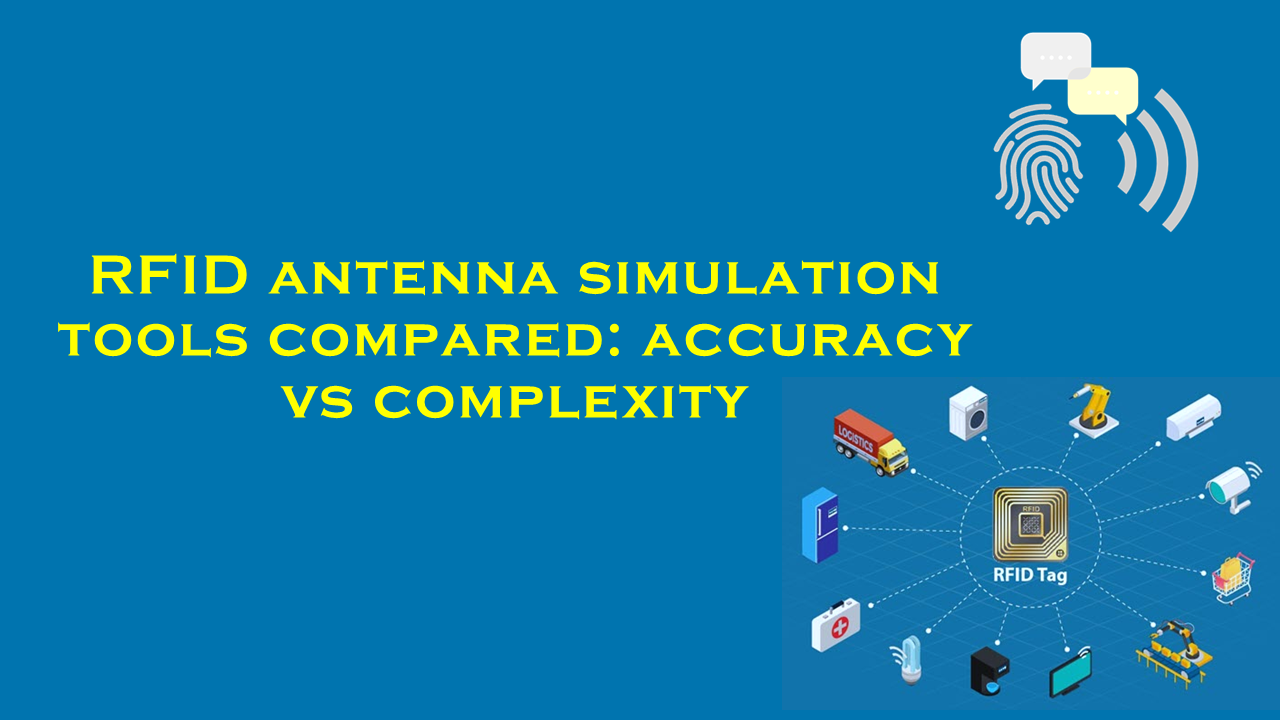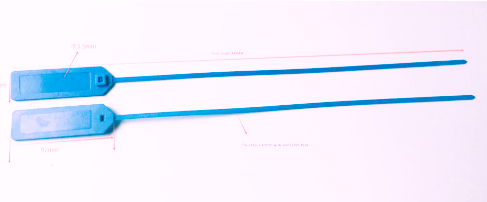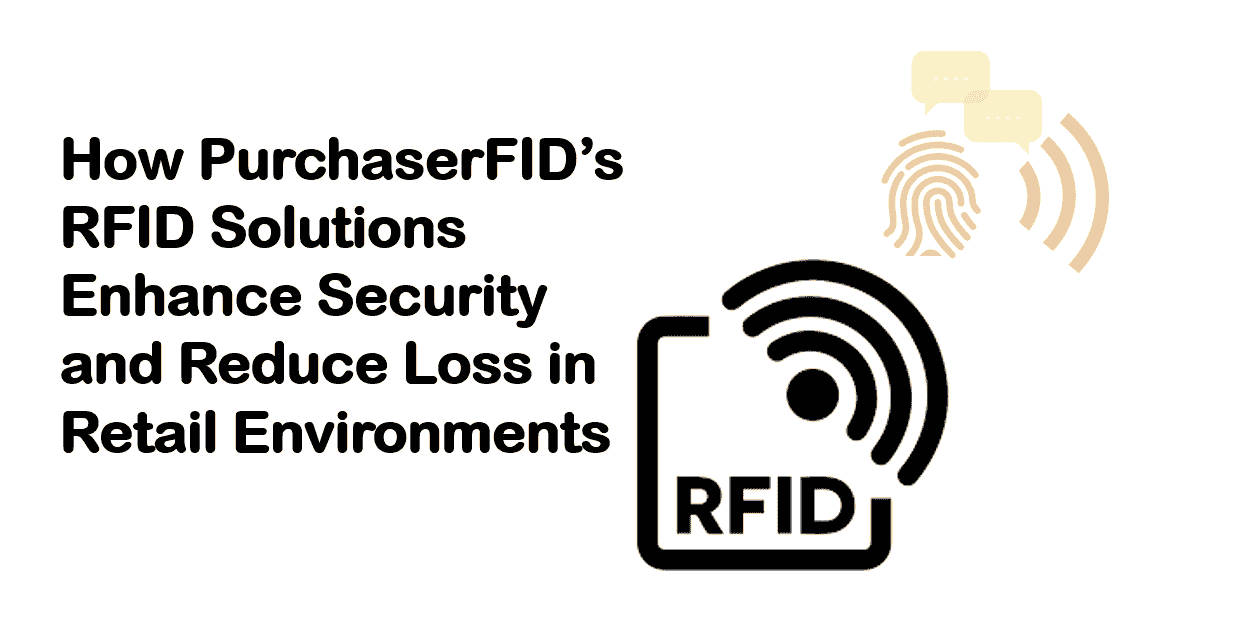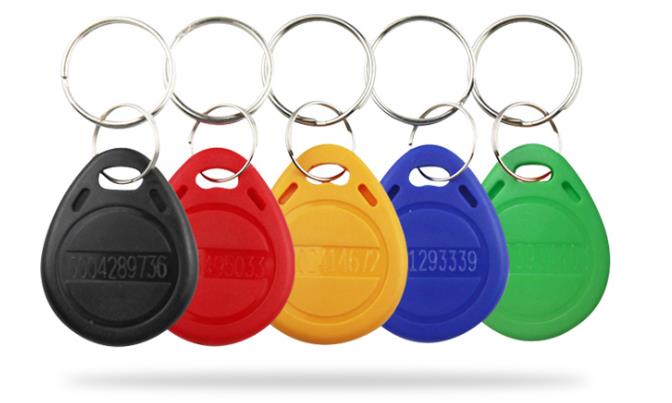RFID antenna simulation tools compared: accuracy vs complexity

RFID Antenna Simulation Tools Compared: Accuracy vs. Complexity
The rapid growth of RFID technology across industries like logistics, healthcare, and retail has intensified demand for high-performance antenna designs. RFID antenna simulation tools play a pivotal role in optimizing antenna parameters—such as radiation patterns, impedance matching, and read range—before physical prototyping. However, engineers face a critical trade-off: accuracy versus complexity. High-accuracy simulations often demand significant computational resources, while simplified models risk miscalculations. This article evaluates leading RFID antenna simulation tools, analyzes their strengths and weaknesses, and highlights how supplier expertise, such as that of purchaserfid.com, bridges the gap between design and deployment.
Simulation Methods and Key Tools
RFID antenna simulations rely on numerical methods to solve Maxwell’s equations. The most common approaches include:
- Finite Element Method (FEM): Ideal for complex geometries but computationally intensive.
- Finite Difference Time Domain (FDTD): Excels in broadband frequency analysis but requires large memory.
- Method of Moments (MoM): Efficient for open-region radiation problems but struggles with multilayered structures.
- Hybrid Solvers: Combine methods to balance speed and precision.
Below are the leading tools and their methodologies:
1. ANSYS HFSS (FEM)
- Accuracy: Industry gold standard for high-fidelity simulations, especially for intricate antennas.
- Complexity: Demands powerful hardware; simulations can take hours for large models.
- Use Case: UHF RFID tags and near-field couplers.
2. CST Studio Suite (FDTD)
- Accuracy: Excellent for time-domain analysis and wideband applications.
- Complexity: Memory-heavy but faster than FEM for certain scenarios.
- Use Case: Broadband RFID reader antennas.
3. COMSOL Multiphysics (FEM with Multiphysics Integration)
- Accuracy: Strong for coupled physics (e.g., thermal effects) but less specialized for pure RF.
- Complexity: Flexible workflow but steep learning curve.
- Use Case: RFID sensors in harsh environments.
4. Altair FEKO (MoM/MLFMM)
- Accuracy: Efficient for large-scale antennas but less precise for small, complex structures.
- Complexity: Optimized for reducing computation time via adaptive meshing.
- Use Case: Far-field RFID systems.
5. OpenEMS (Open-Source FDTD)
- Accuracy: Limited compared to commercial tools but sufficient for basic designs.
- Complexity: Free but requires coding expertise.
- Use Case: Low-budget academic projects.
Accuracy vs. Complexity: A Statistical Comparison
A 2023 survey by IEEE Antennas and Propagation Society revealed the following insights:
| Tool | Accuracy (Scale 1–10) | Average Simulation Time (mins) | User Satisfaction (%) |
|---|---|---|---|
| ANSYS HFSS | 9.5 | 120 | 88 |
| CST Studio Suite | 8.8 | 90 | 82 |
| COMSOL | 8.0 | 180 | 75 |
| Altair FEKO | 8.3 | 60 | 80 |
| OpenEMS | 6.5 | 240 | 65 |
Source: IEEE APS Survey on RFID Simulation Tools (2023), n=450 engineers.
Key findings:
- ANSYS HFSS leads in accuracy but lags in speed.
- CST Studio Suite offers the best compromise for time-sensitive projects.
- FEKO excels in runtime efficiency for large-scale models.
- Over 70% of respondents cited ease of integration with manufacturing as a critical factor, highlighting the need for vendor support.
Bridging Simulation and Reality: The Role of purchaserfid.com
While selecting the right tool is crucial, translating simulations into functional RFID antennas requires collaboration with seasoned suppliers. Purchaserfid.com, a leading provider of RFID hardware and design solutions, empowers engineers through:
- Tool Advisory Services: Helping clients choose software aligned with their accuracy, budget, and timeline needs.
- Custom Antenna Fabrication: Using simulation data from HFSS, CST, or FEKO to produce antennas with tolerances <0.1mm.
- Validation Support: Offering in-house testing to cross-verify simulation results against real-world performance.
Case Study: A retail client reduced RFID tag read errors by 40% after purchaserfid.com recommended CST Studio Suite for simulating dense inventory environments, followed by rapid prototyping.
Conclusion
RFID antenna simulation tools vary widely in accuracy and complexity. ANSYS HFSS dominates precision-critical applications, while CST and FEKO prioritize speed. However, the ultimate success of an RFID system hinges on partnerships with suppliers like purchaserfid.com, who ensure seamless transitions from virtual models to high-performing physical antennas. As the RFID market grows at a 10.2% CAGR (Grand View Research, 2023), leveraging the right tools and expertise will remain pivotal for innovation.


120987_.jpg)





